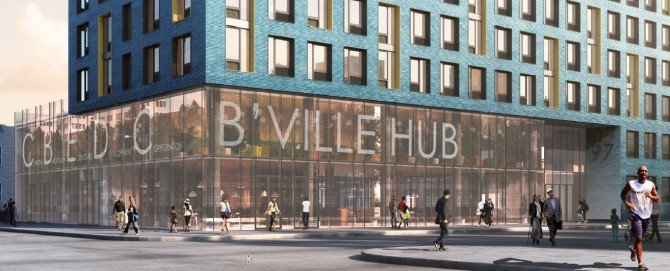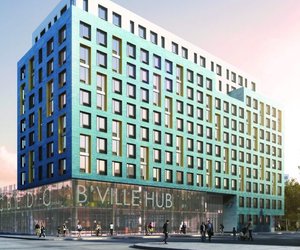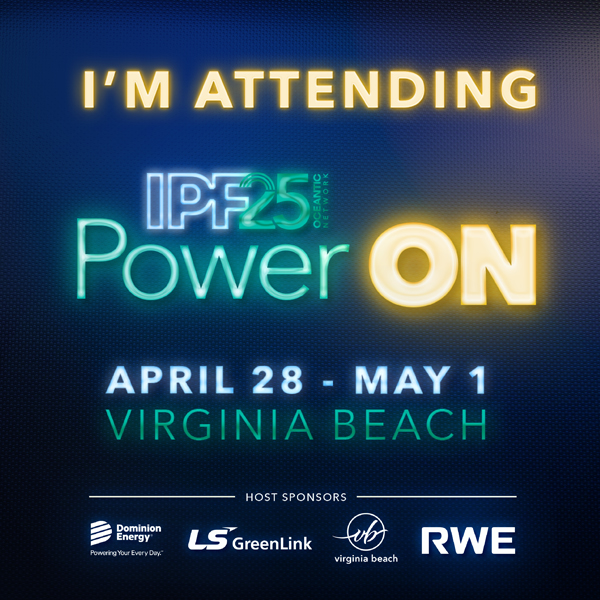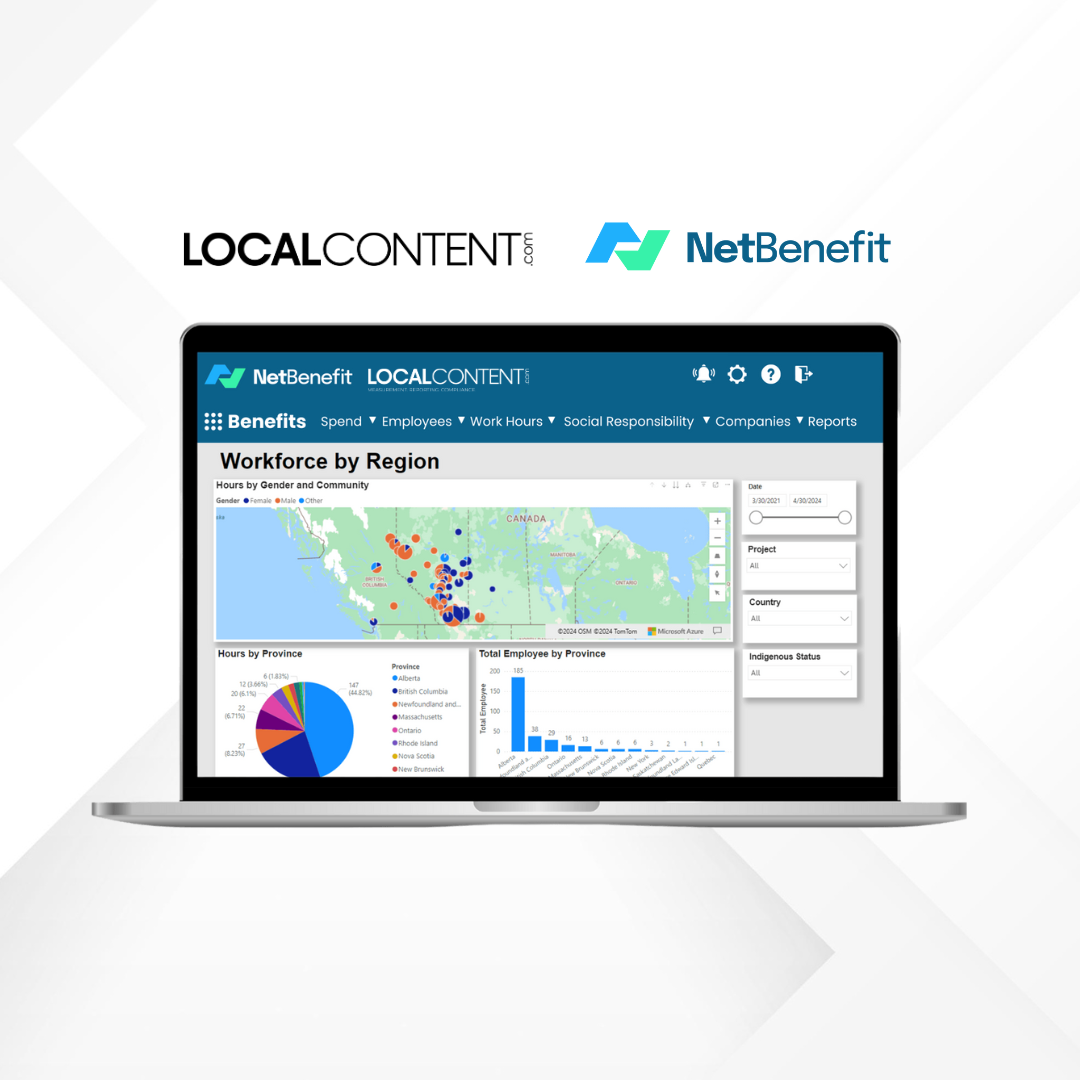The B’Ville Hub at Manor at Brownsville will be home to several for-profit and non-profit organizations. We couldn’t be happier for this transformative development project to be home to the Equity + Environmental Justice Center Brooklyn NYC
Did You Know?
Gross SF: 8,312 | Net SF: 7,775
- CBEDC has been a leading community development program since its founding in 1989.
- Local economic development cooperative that uses a people-centered, equity-based approach to create a self-sufficient community that builds individual and community wealth.
- Current programs: Business incubator, economic justice project (micro-grant program), workforce Development (construction training certification), adult literacy academy, women’s leadership/entrepreneurship Program, after-school program (Entrepreneurship Program)
- General Contractor is working with Central Brooklyn Economic Development Corp. to identify new Non-Certified and Certified Minority and Women Business Enterprises (M/WBEs) to prepare these businesses to participate in the bidding process.



About The Project
In the Brownsville neighborhood of Brooklyn, New York City officials have kickstarted a $1 billion plan to develop infrastructure and new affordable housing to revitalize the area. This project is led by the African American Planning Commission, Inc. (AAPCI) and Brisa Builders Development LLC.
The 233-unit development, called Glenmore Manor Apartments, will serve a range of at-risk populations in Brooklyn, from formerly homeless individuals to low-income seniors to extremely low-income families. AAPCI will offer supportive services to residents on site.
The larger Brownsville Development Plan, led by the New York City Department of Housing Preservation and Development (HPD), aims to build over 2,500 new affordable homes and implement critical neighborhood investments. Each of the three initial sites currently in development will address a specific need in the neighborhood, such as arts and culture, economic opportunity, and health. Other development teams are underway on sites A and C of the plan, and the three communities together will total nearly 900 homes for New York City’s underprivileged.
AAPCI and Brisa Builders are working alongside Lemle & Wolff to develop Glenmore Manor, the latter of which will serve as the community’s general contractor. Brisa Builders brings a history of community-based construction and development in partnership with organizations like AAPCI, which was founded to address issues of domestic violence, homelessness, substance abuse and mental health disorders, shortages of affordable housing and unemployment. Together, the team has a goal or truly serving the community they are a part of.
Economic Opportunity
Of the 233 affordable homes at Glenmore Manor, 59 will be set aside as permanent supportive housing for very low-income seniors, and 70 will be reserved for formerly homeless individuals and families.
Beyond accessible and safe affordable homes, however, Glenmore Manor will offer much more to the neighborhood. Its focus on economic development spurred the creation of the B’ville Entrepreneurial HUB – 20,000 square feet of space on the building’s ground floor to be used by various community and commercial organizations.
“The theme of our project according to the Brownsville Plan is economic development. We are working with some small area businesses to come in and bring their business into the neighborhood, “says Matthew Okebiyi, Founder and CEO of AAPCI. “One of the first businesses that we approached was the Brooklyn Cooperative Federal Credit Union. They are going to have some space on the ground floor and (will) carve out a credit union that will serve some of the community’s banking needs. The moment you bring banking into a depressed or underdeveloped neighborhood, things begin to change.”
In addition to the credit union, the commercial space will be home to a Fusion East Caribbean & Soul Food Restaurant, an African American-owned beauty products company, a radio station and the Central Brooklyn Economic Development Corporation (CBEDC).
“It seemed like a successful plan to partner with EBEDC to support economic development and AAPCI to propose family housing for the most disenfranchised populations,” says Ericka Keller, Managing Member of Brisa Builders. “The collaboration would not only provide housing but also economic development and empowerment for the residents and the community at large.”
In keeping with the idea of growth-both from an economic and personal standpoint- the design of the development, conceptualized by THINK! Architecture and Design is one that brings a fresh perspective to the neighborhood and incites an air of positive change.
“Quite a few people from the neighborhood have seen our presentation, and they love our concept. They love the colors and look of the building and how it will transform their community for the greater good,” Okebiyi says. “We didn’t just want to develop a large rectangular or square building that would dwarf the nearby houses; (we) wanted a structure that would symbolize the rebirth of Brownsville. To accomplish this, we cascaded the building, included rooftop gardens at each level, included solar panels and roof deck seating. Our goal is to design a building that is inviting, a building that is very different from what you would ordinarily expect to see in an urban neighborhood. We want to give the community a new breath of fresh air!”
Community Involvement
The Glenmore Manor development- and the larger Brownsville Plan – would not be possible without the assistance of key community stakeholders. Okeyibi notes that his organization’s involvement in this development goes back two decades, with an initial plan to build senior housing using HUD Section 202 funding. Despite support from community members and the City Council, AAPCI could not move forward without funding, which led HPD to recommend they respond to the Brownsville Plan RFP.
After approval, Glenmore Manor was made possible through a 40,000 square foot land donation from HPD, numerous grants, loans and funding from the Brooklyn Borough President, Eric Leroy Adams; NYC Council Member, Rafael Espinal; and the Corporation for Supportive Housing, among others.
“Without HPD’s approval, this project would never have happened. Because HPD was involved, and because HPD put up the land (and) some funding, others – elected officials – came on board,” Okebiyi says. “The Borough President and councilman understood the beneficial impact the project would have in the Brownsville community and committed their financial support. The Borough President’s office said, ‘Okay, if HPD is on board, we are also on board and will match the Borough President’s financial donation to the project….’ And so, for the AAPCI, as well as the other members of the development team, it was welcoming news to work with these governments entities and for them to show interest in our project.”
The development team has since led numerous community meetings to gather the input of community members, city stakeholders and more-all to great success and overwhelming support.
“It’s extremely meaningful to be an awarded developer as part of the Brownsville Plan,” says Keller. “There are few instances in which the community is such as integral component of contributing to the guidelines of the future development. I feel so honored to be part of such a successful endeavor.”
According to Okebiyi, Glenmore Manor is just one example of the importance of community and nonprofit-led development in the affordable housing space.
“The City continues along its path to work with and ensure that nonprofits play a vital role and are an integral part of new housing development in New York City…AAPCI has been very successful with its housing development projects,” he says. “We have actively sought the involvement of the community board at all stages of the predevelopment process; (we) have been actively involved in town meetings (and) community meetings, made presentations to all levels of elected officials and have always been transparent with community stakeholders, informing them of what our plans are and incorporating their suggestions into our developments. It is a great day for AAPCI. Twenty-plus years of pounding on doors is now yielding huge returns for the residents of Brownsville. AAPCI believes that Glenmore Manor will become a catalyst for future growth and redevelopment of a vital Brownsville Community.”
Brisa Builders doesn’t just echo a similar sentiment it embodies the very concept with the Keller name synonymous with the type of involvement that AAPCI enthuses. There is a family connection, with Keller keen to express the importance of community-focused development that aims to serve.
“My father, many years ago, recognized that true community development and redevelopment have to originate within the community for it to be inclusive, beneficial and sustainable,” she says. “There are too many instances of redevelopment in the United States that were exclusive and divisive – the Brownsville Plan and the projects associated with (it) all endeavor to truly build community in an inclusive way. Similarly, our projects with faith-based organizations have demonstrated how important community involvement is tantamount to the continual growth of a community…. The Glenmore Manor project and the foundation upon which this development will be built offers the same opportunity for community growth in exponential ways. There could only be fantastic benefits to the community in reference to quality housing and community support in the form of economic, health and artistic empowerment as a result of the completion of these projects. I am excited to be part of something so phenomenal.”









